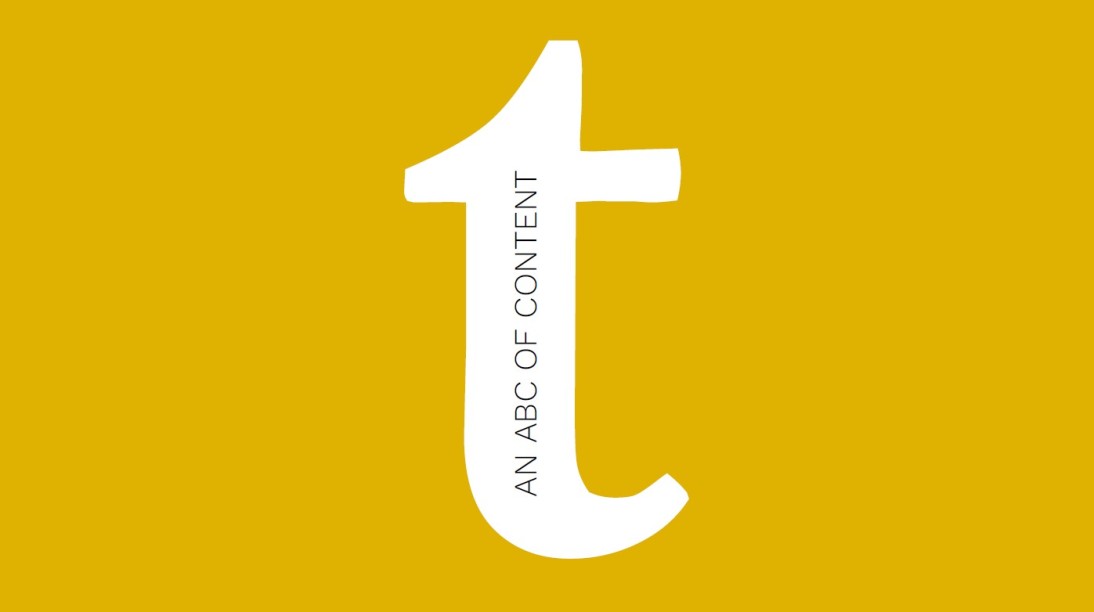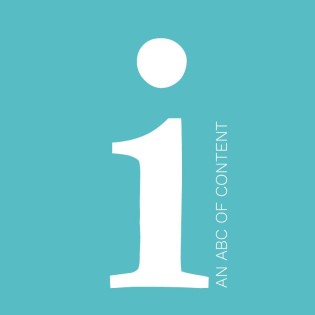T is for trust

Why peddling misinformation will wreck your brand
Trustworthiness is the final ingredient in Google’s catchy E-A-T acronym, a set of criteria that you can’t go wrong with when creating content.
If you want your article or website to climb the search engine ranks, it must display expertise, authority (see E and A) and trustworthiness.
In all walks of life, personal recommendations tend to confer credibility. We are more likely to have confidence in a plumber, film or restaurant recommended by a friend than in one we happen to see advertised on a bus.
So, having your content shared organically increases its trustworthiness. Of course this is more likely to happen if the content also displays expertise and authority.
Originality and usefulness are also important ways of persuading readers to endorse your writing or brand – and be seen to do so if they are using social media.
Fundamentally, if your content is to be trustworthy it must be reliable. Peddling misinformation or inaccuracy – even if inadvertently – will make readers less likely to read, share or revisit. It’s another reason (there are many) to make sure that what you are saying is correct and in keeping with the values of your brand.
To show that your writing can be trusted, it is important that your references and sourcing are complete and accurate.
Engaging with your audience is another key way to build positive sentiment and trust. This means ensuring you have a clear contacts process. The flipside of building positive sentiment is that you should address negative responses where relevant. In certain sectors – hospitality and retail for instance – it is vital to address complaints and be transparent in doing so.
Trust has to be built and earned. It might not be quick, but it is very important.





